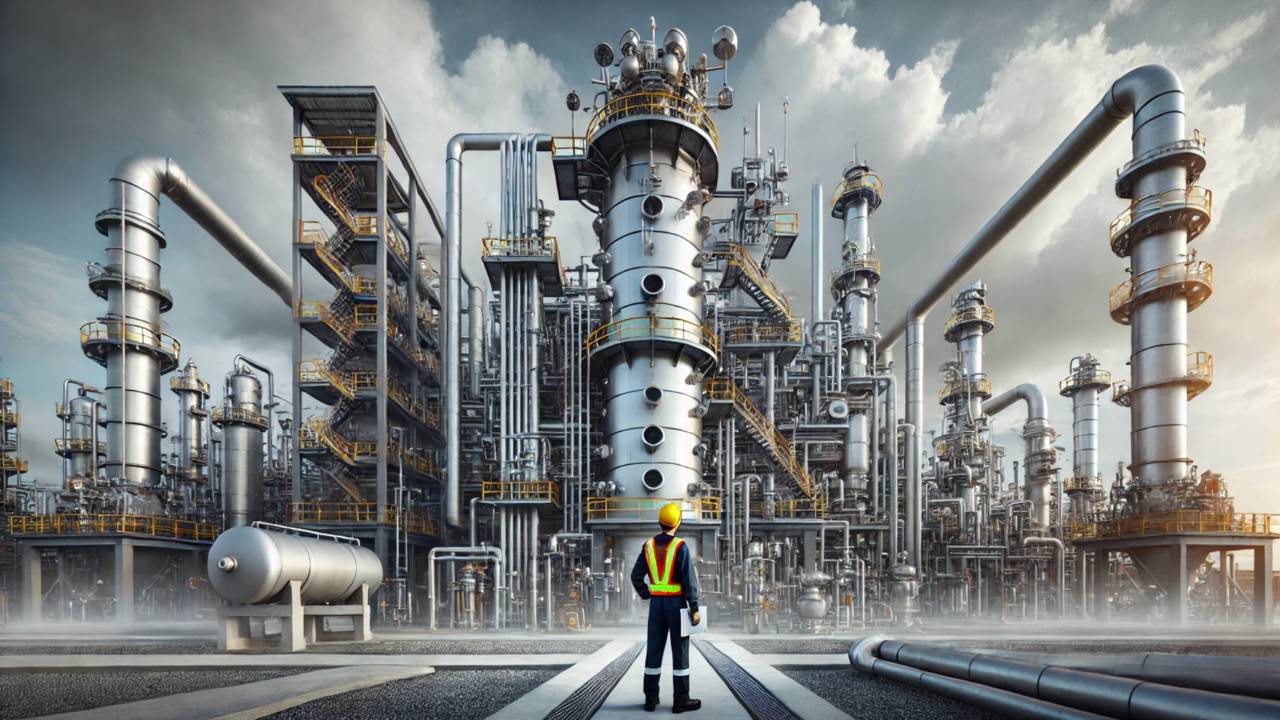Ask Greg McMillan - What role do you see dynamic simulation playing in the future of best distillation column pressure control?
Mar 06, 2025
We ask Greg:
What role do you see dynamic simulation playing in the future of best distillation column pressure control?
Greg's Response:
Dynamic simulations can be help ensure distillation column pressure does not cause instability from operation at the weep point or flood point. The operating point can be moved further away from the weep and flood points by a decrease and an increase in column pressure, respectively. It is desirable to reduce the pressure set point, if possible, because the relative volatility, which is a measure of the ability of the column to separate components, improves as the pressure is lowered. Most columns can run at full vacuum if the operating point is far enough away from the flood point and the condenser has sufficient heat removal capability (duty) for the higher vapor flow.
The column pressure should be as low as possible to reduce energy use but must prevent weeping or flooding that would disable temperature control and cause column instability.
When a column goes into weep, the vapor flow is insufficient to keep the liquid suspended on the trays. Liquid falls through the holes in the trays and can eventually end up mostly in the column sump, along with some trays. Temperature sensors in the upper portion of the column run dry. The pressure drop plummets and the sump level rises from the dumping. When a column goes into flood, the vapor flow is so high it causes the froth from one tray to intermittently choke and break through to the next tray. The result is a percolation, much like in a coffee pot, that can cause spillover into the distillate receiver. The pressure rapidly fluctuates and the receiver inventory may surge. For large horizontal drums, the level change might not be noticeable due to the large cross-sectional area. The column temperature profile can become inverted as high boilers are burped upward and low boilers are swept downward.
The condenser and reboiler duty should permit operation at the lowest and highest column pressure, respectively. Since the coolant pressure and temperature are less well regulated than steam pressure and temperature, the coolant to the condenser is often manipulated to control column pressure, and the steam to the reboiler is set to fix the energy per unit feed.
For much more knowledge, see the ISA book Advanced Temperature Measurement and Control, Second Edition (LIST PRICE REDUCED by 50%. Use promo code ISAGM10 for an additional 10% discount on Greg’s ISA books).
Stay connected with news and updates!
Join our mailing list to receive the latest news and updates from our team.
We hate SPAM. We will never sell your information, for any reason.

